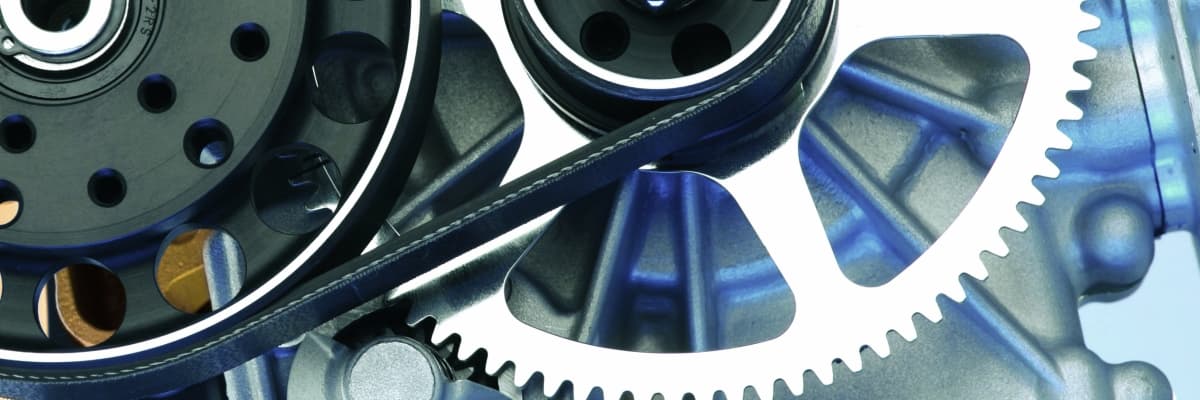How to Select Gear Components?
Spur gears and bevel gears, together with spur gear racks, are the basic components of gearboxes and other machines. When selecting a gear component, it is necessary to ensure compatibility with other transmission elements. The value of the M module is decisive.
Spur gear is a disk that has circumferentially defined teeth that fit into another spur gear with corresponding teeth and thus transfers mechanical energy between the shafts or rotating parts of the machine. We call the gears engaging in this way a spur gear train.
Bevel gears are machine parts used to transmit torque between two shafts with different axes.
Spur gear rack in combination with the corresponding gear converts the rotary motion into a linear feed.
Gear components differ according to the type of gearing. The most common type of gearing is the involute profile of the tooth flank.
Spur Gears with Straight Teeth
Spur gears with straight teeth are the basic type of sour gears. A pair of spur gears forms a gear train. A certain gear ratio \(i = {n_1 \over n_2}\) is required when designing gear trains. The ratio can only be changed in whole numbers on the side of the bevel gears (always the whole number of teeth on the circumference of the wheel) \(i = {z_1 \over z_2}\).
Spur gears and bevel gears we offer have straight teeth and an angle of engagement of 20°. Spur gears and racks are supplied in modules M1 to M8, bevel gears are supplied in modules M1 to M5.
Bevel gears are most often supplied as gear trains (pairs of bevel gears) with a ratio of 1:1, 1:1.5, 1:2, 1:2.5, 1:3, 1:3.5 and 1:4, but they can be supplied as separate wheels.
Bevel gears with straight teeth are divided according to type into type A according to DIN 3967 in accordance with UNI 6588, or type B – Gleason System.
Module – Gear Size
The size of spur gears, bevel gears and spur gear racks is determined určena modulem. The module is the ratio of the diameter of the pitch circle to the number of teeth. This is the basic catalog data for gear components. The module determines the "roughness" (or "fineness") of the gear, and thus mainly the size of the component.
The gears in a particular gear unit must have the same module. In addition, the bevel gears must be of the same type (A or B).
The module is selected according to the power that the wheel must transmit. As the module determines the size of the gear manufacturing tool, the module sizes are determined by the standard.
- Larger module is for higher performance
- Smaller module is for smaller size (and partly more accuracy)
Module \(m\) is calculated:
\[m = {p \over \pi}\]
where \(p\) is the tooth pitch – the circumferential distance of two adjacent teeth (their axes) on the pitch circle.
The \(a\) distance between the axes of two spur gears and is calculated:
\[a = {m \cdot {{z_1 + z_2} \over 2}}\]
where \(z_1\), \(z_2\) – number of gear 1 and gear 2 teeth; \(m\) – module.

